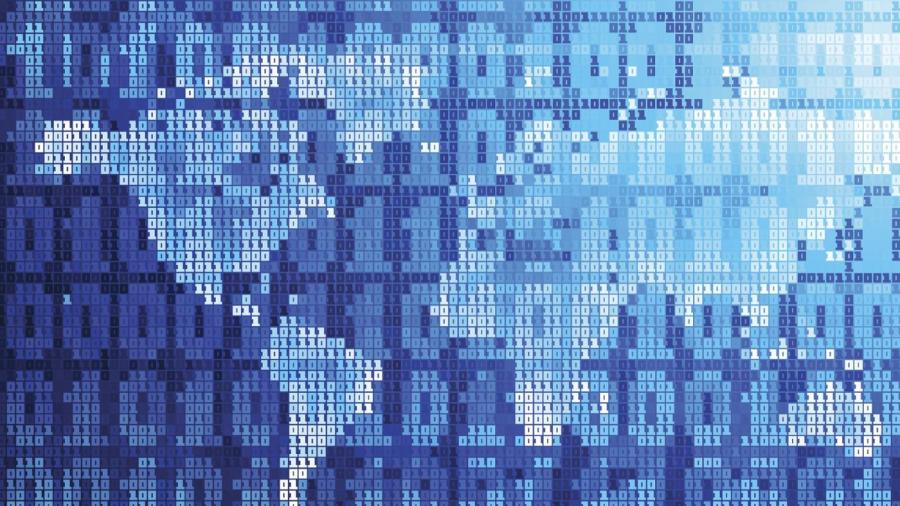How Is Data Transmitted on the Internet?

Data transmission on the Internet occurs through a packet-switching network. When transmitted, data on the Internet is broken down into smaller packages that are approximately 1500 bytes each.
The packages used for Internet data transfer are formally known as packets. Each packet contains information about the sender’s address, the receiver’s address, the data’s place in the entire message and how the receiving computer can be sure that the data arrived intact. Data transfer on the Internet occurs through fiber-optic cables, radio towers, cell phone towers, 4G towers and satellites. The number of bits transferred each second, or bits per second, is a measurement of the speed at which data transfer occurs on an Internet connection. A broadband connection can reach speeds of up to 2,000 bits per second, or 2 megabits per second.
When someone conducts an Internet search through a WiFi connection, data travels from a router connected to a digital subscriber line, or DSL, that comes in through a phone jack. The search from the browser then goes to the Internet provider’s server, which seeks the IP address requested. Mobile phones can also send and receive data from the Internet by accessing 3G and Long-Term Evolution (LTE) towers.





